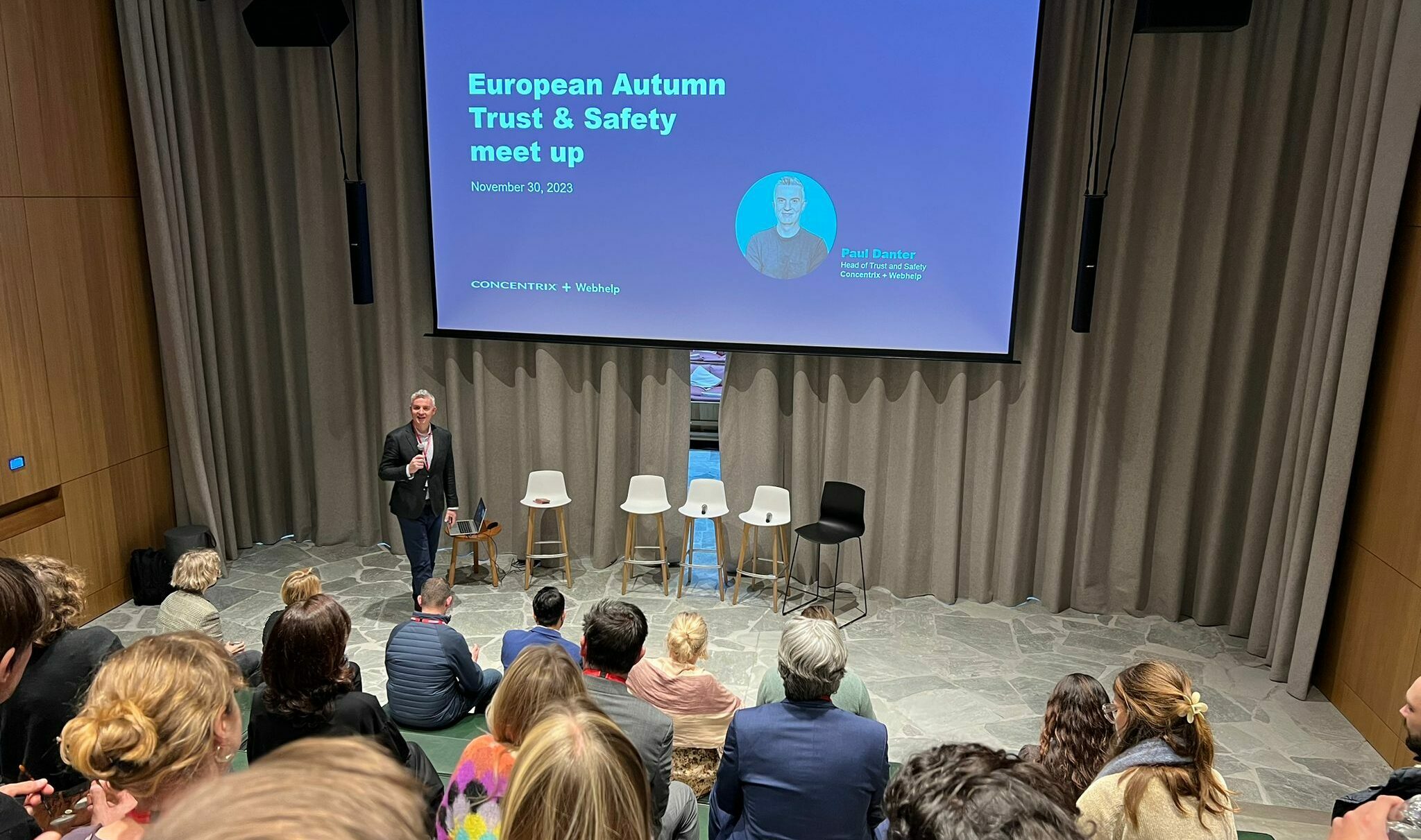What’s the first thing you do when you have a problem with almost any product?
These days most of us turn first to Google for help. It could be getting your new food mixer to work, changing the settings on your iPhone, or understanding what a flashing light on your car dashboard really means.
Google, or your preferred search engine, is full of information on everything imaginable and smart companies have realised that many customers are happy to help themselves when they have a problem. If a customer naturally turns to Google and asks a question before they go to a customer service channel then there are two possible outcomes to the situation, they find an answer and resolve the issue or they get frustrated searching for help and contact the customer service team already annoyed with the product.
This is quite a significant change in customer behaviour because there was an assumption in the past that if a customer needed help they would turn to the product manufacturer or retailer – where they bought the product – for help. Now there is a natural shift to self-service support driven by the customers themselves as a preference.
There are two important aspects of this for customer experience managers to think about:
1. How can the customer service be improved at the point the customer contacts a customer experience advisor, with the assumption now being that this customer has already tried to resolve the problem, and failed?
2. How can the company ensure that a customer searching for information on their products on generic search engines will find useful information?
The first point is all about ensuring that the advisor can be flexible in their starting point when helping a customer. In addition to taking the approach that the customer has probably searched for information they can also offer guidance on how to more easily find information in future.
The second issue is like an update of the old FAQ. Companies used to post an enormous list of Frequently Asked Questions online and hope that customers would trawl the data searching for an answer, but most customers don’t want to go to a corporate website and search inside an FAQ document. They will just ask Google the question and see what comes out.
Many companies have seen that this can be a useful deflection device. Every time Dell produces a new computer they create videos featuring common problems and post them on YouTube so customers searching for help can find them very easily. Similarly, Vodafone posts online videos featuring phone tips and tricks and how to solve common problems.
This approach clearly works. Just one look at the viewer statistics for companies producing online content like this shows that many videos have thousands of views – that’s potentially thousands of customers deflected away from needing to contact the customer service team.
But more importantly, the customer chose to go to Google before they called a customer service channel. If they found the right advice immediately then that’s a great customer experience even if they never interacted directly with your customer service team.

![[Fashion] Choosing the right partners to grow your business in 2024, at a time when trust is fragile](https://media.webhelp.com/wp-content/uploads/2023/12/21090253/Office-Showcase-2.png)


